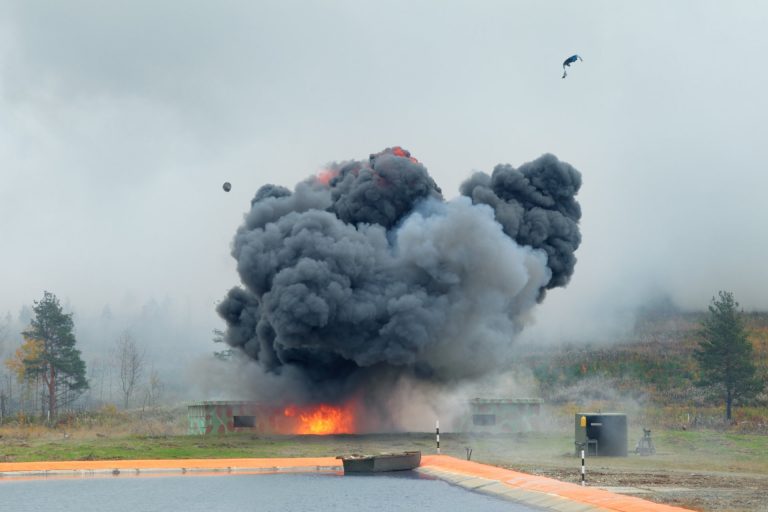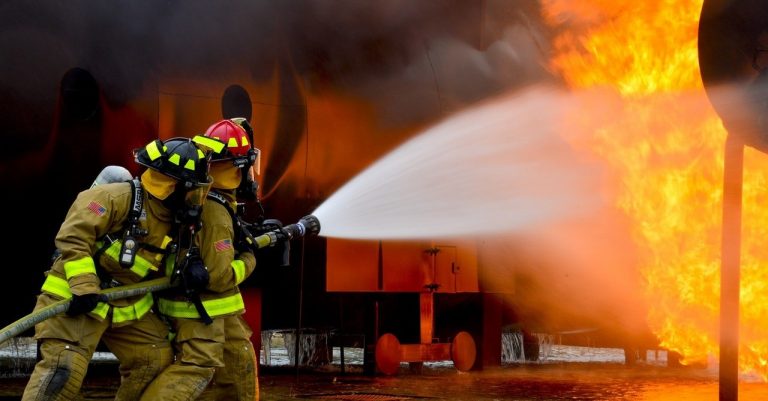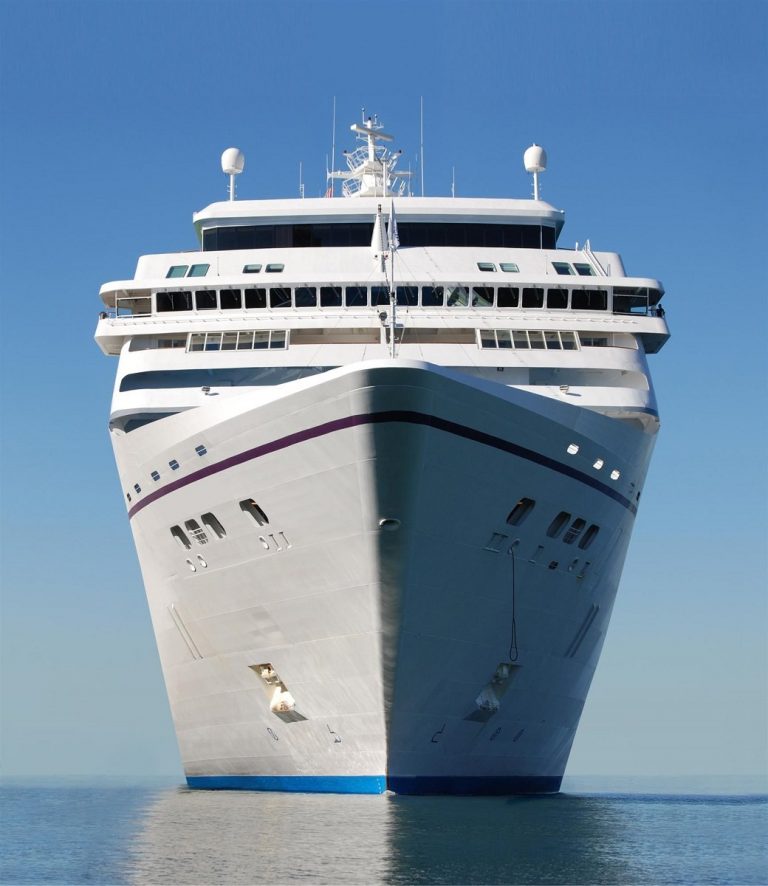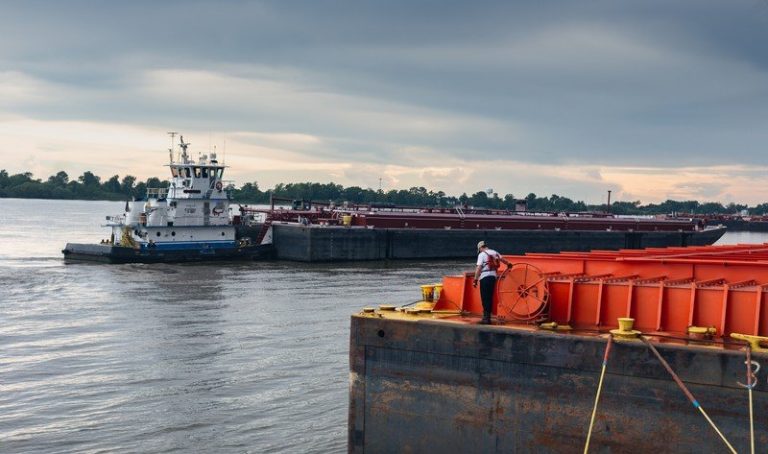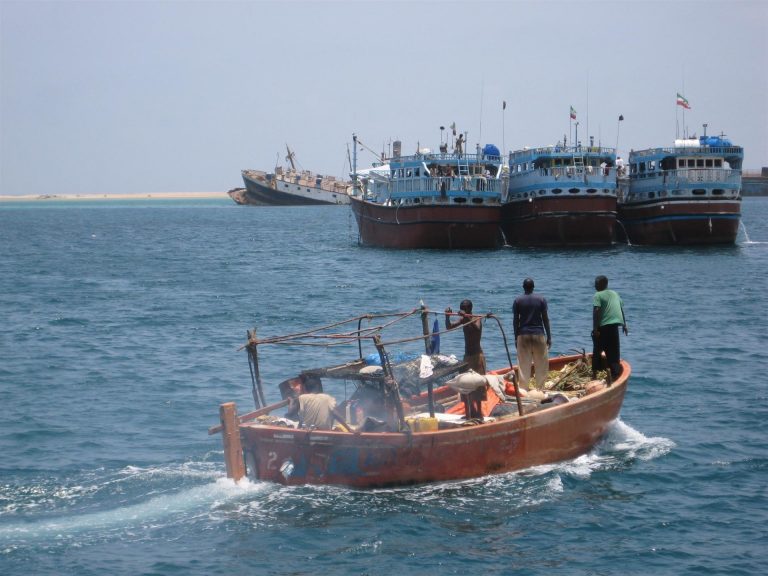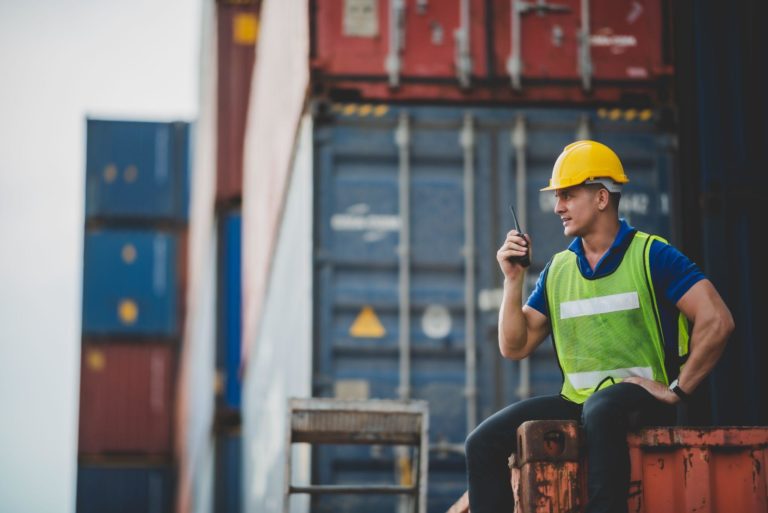Maritime workers are a vital part of our country’s trade, tourism, and impact on the world stage, but, despite advancements in vessel technology and safety, it’s difficult work in an often extreme environment. After all these years, the sea is still a wild and untamed place, and injuries to maritime workers are incredibly common.
Is the Sea Really Dangerous?
Working on a commercial vessel is one of the most dangerous jobs in the United States. Over a five-year period, from 2011 to 2016, 74 fatal injuries and 9500 non-fatal injuries1 were recorded by both ocean-going and inland waterway vessels.
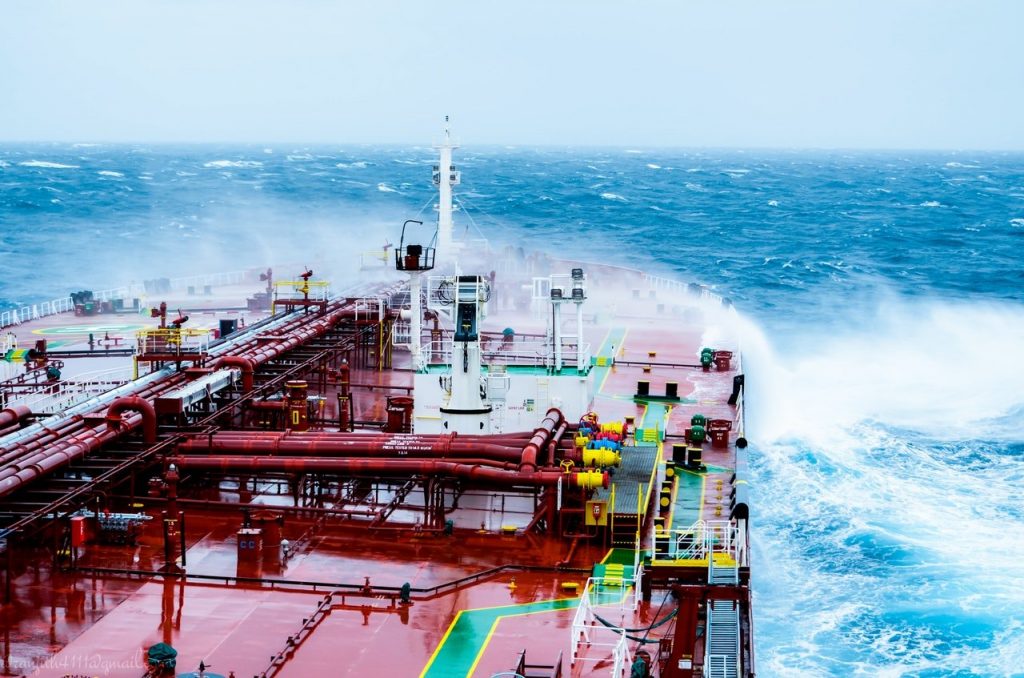
This represents a rate of 18.2 deaths per 100,000 workers every year, which is six times the rate of all workers in the U.S.
The statistics for longshoremen and other marine terminal workers are just as grim. They faced a huge average of 5,000 non-fatal injuries and illnesses per 100,000 workers over the same five-year period2—which is one in twenty employees!
Why Do Injuries Occur?
While it is possible to be safe at sea, the sheer number of unpredictable and unusual factors involved tend to make every day a unique challenge. Any industry that combines heavy machinery and physical labor tends to attract more injuries than others, of course, but doing that while working on the water is even more difficult.
Contributing factors to offshore accidents can include:
- Unpredictable weather and swells
- Dangerous and poorly maintained machinery
- Prolonged periods of isolation and proximity to coworkers
- Bullying and abuse
- Long working hours
- Confined spaces
What Can Happen at Sea?
The most common types of injuries at sea and onshore are:
- Repetitive strain injuries – Many maritime workers are required to perform repetitive tasks like lifting heavy objects, which can cause long-term damage.
- Falling overboard – Even experienced crew members can be caught off guard during heavy storms or unexpected swells.
- Hypothermia – This can arise from falling overboard or working for a long time above deck in freezing conditions, such as those in the North Sea.
- Chemical and fire burns – If hazardous chemicals aren’t properly stowed, they can shift and spill during passage and harm anyone working around them.
- Slips, trips, and falls – These are extremely common, owing to unsteady seas and frequently wet surfaces.
- Loss of limbs – Poor machine maintenance, lack of training, or just bad luck can quickly lead to a bad accident at sea or in port.
- Assault – When a crew is kept in close proximity for long voyages, tempers can flare and seemingly minor arguments can get out of control.
What to Do if You’ve Been Injured
Maritime admiralty law in the United States provides for negligence and maintenance and cure benefits. Under the Jones Act and Longshore and Harbor Worker’s Compensation Act, anyone who’s suffered a maritime workplace injury should be duly and fairly compensated. If you think you’re not receiving your fair share—or you’re not being compensated at all—the first thing you need to do is contact an expert maritime attorney.
Over the last half-century, Maintenance and Cure, with Schechter, Shaffer, and Harris, has recovered tens of millions of dollars in payouts for our maritime clients. If you’ve been injured in an offshore accident, call us first at 1-800-836-5830 for a free case assessment—and, remember, if you don’t win, you don’t pay!
Sources:


